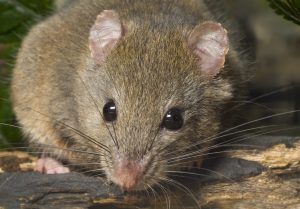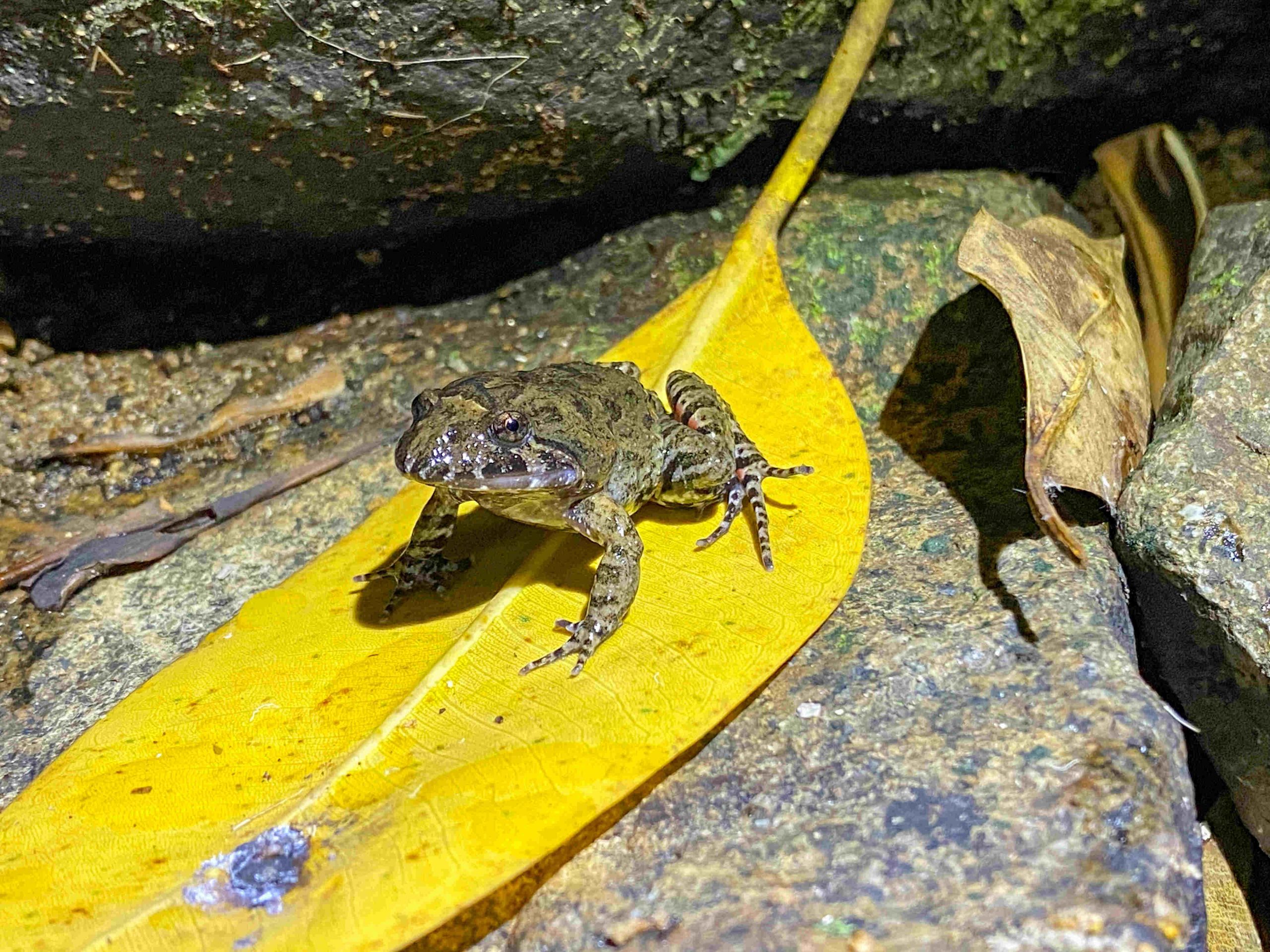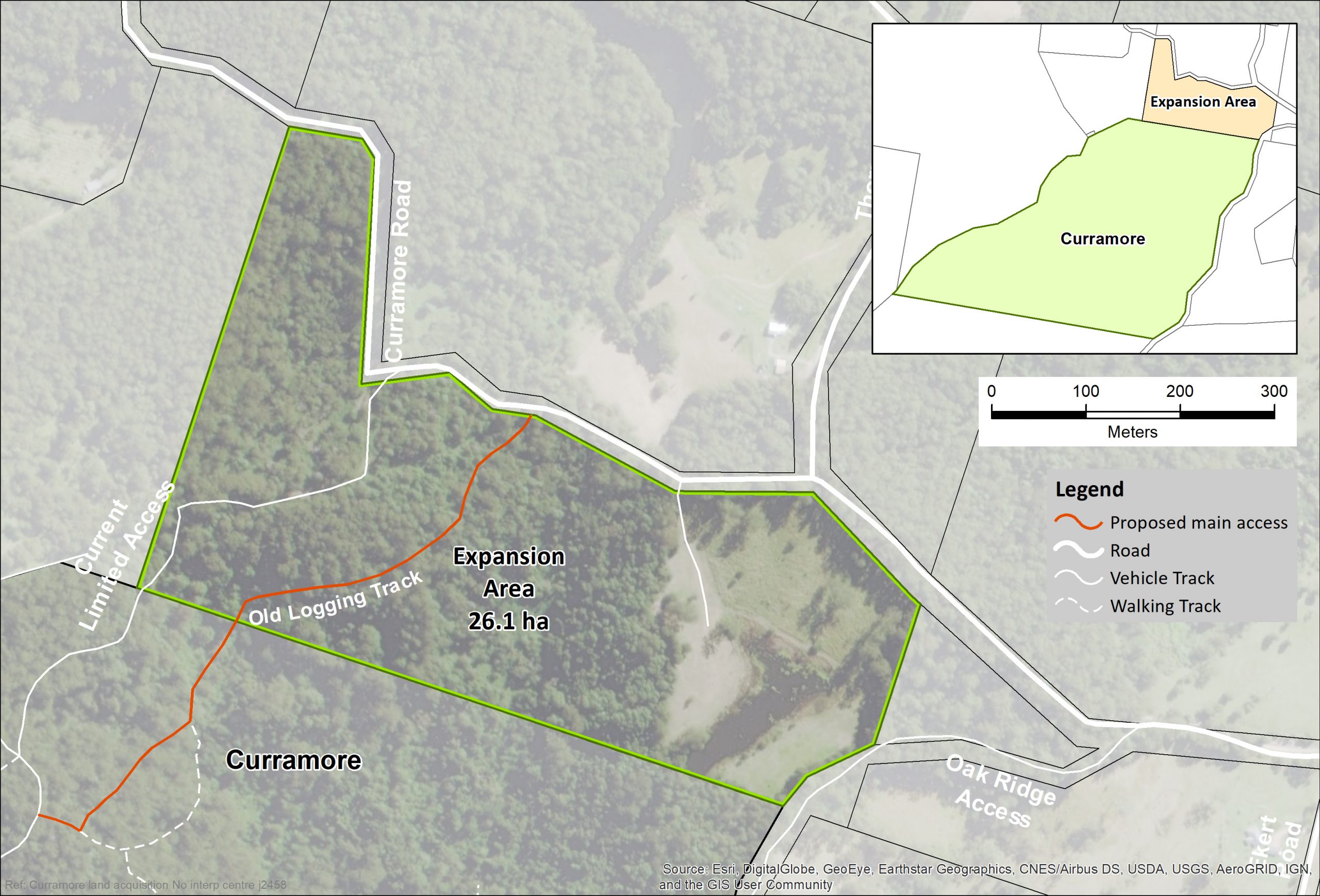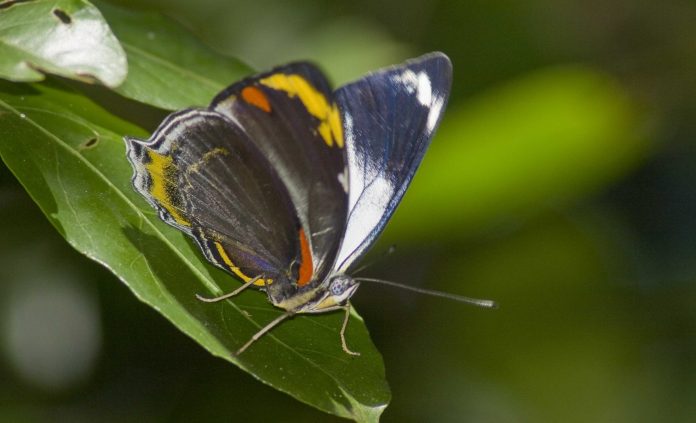A little-known wildlife conservation site that has made a significant impact on the Sunshine Coast environment is celebrating an expansion.
Curramore Wildlife Sanctuary, in the Blackall Range, has grown to almost 200 hectares after the title for a 26.1-hectare parcel of land was officially transferred to Australian Wildlife Conservancy.
AWC has been working since early 2021 to secure the extra land for the sanctuary, to provide additional protection for the diversity of wildlife at the now 196.1 hectare site.
Curramore takes in an array of habitats including rainforest, tall eucalypt and grassy open forests.
AWC senior science communicator Joey Clarke said the expansion area would increase protection for threatened wildlife.
He said it also connected Curramore to the road, which would provide better access for the AWC team to carry out weed control and conduct wildlife surveys.
“The additional land at Curramore Wildlife Sanctuary will enable AWC to bolster its work in protecting wildlife in the biodiversity hotspot of South-East Queensland,” Mr Clarke said.

“We are now able to provide further protection of the headwaters of Little Cedar Creek, home to the ancient Maleny Spiny Crayfish, and increase connectivity with neighbouring protecting areas as well as help support regional conservation programs across the entire Maleny Plateau.”

More than 700 native species have been documented by AWC scientists since the sanctuary was first established in 2003, such as koalas, gliders and birdwing butterflies.
In the latest survey conducted in October-November, AWC ecologists documented three different species of gliders, as well as the threatened tusked frog.
Other threatened species at the sanctuary included the koala, marbled frogmouth, grey-headed flying fox, and golden-tipped gat, as well as one of Australia’s largest butterflies, the Richmond Birdwing.
A specialised management strategy at Curramore was also focused on large-scale weed control, targeting highly-invasive Lantana, coupled with fire management to restore the open grassy under-storey and suppress weeds.
“We also have an opportunity to extend our effective weed management strategy here,” Mr Clarke said.

“AWC has boots on the ground battling the infestation of lantana, which chokes the under-storey and prevents recruitment of native plants.”
AWC is a not-for-profit organisation that owns, manages or works in partnerships at 30 properties across the nation, covering almost 6.5million hectares.
Throughout regions including the Kimberley, Cape York, Central Australia, the Top End and closer to home, more than 1800 native species were being protected from possible extinction.
Curramore Wildlife Sanctuary fast facts:
- 196.1 hectares
- 279 animal species
- 53 mammals
- 150 birds
- 50 reptiles
- 24 amphibians
- 10 threatened animal species
- 236 plant species
- Five threatened plant species
Visit australianwildlife.org.






